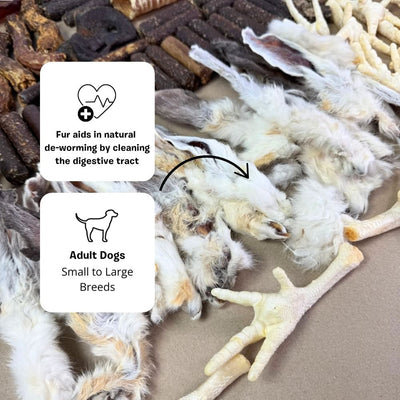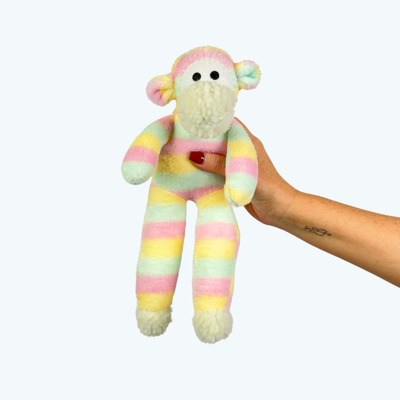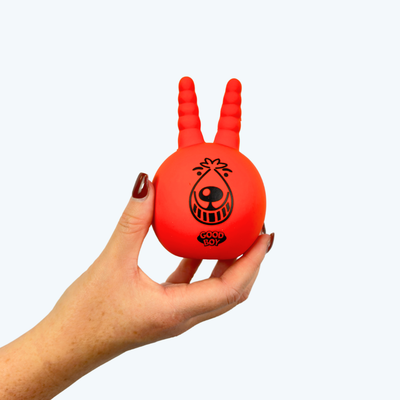Bringing a new dog into your life is an exciting experience. You envision long walks, joyful playtime, and a strong bond with your four-legged companion. One essential aspect of nurturing that bond is training your dog, and when it comes to training techniques, positive reinforcement has gained significant popularity. In this blog, we will explore the effectiveness of positive reinforcement in dog training, compare it to positive punishment, discuss its applicability to different dogs, and highlight the cons associated with this training method.
Can you train a dog with only positive reinforcement?
Positive reinforcement dog training is a highly effective method for training dogs. It relies on rewarding desired behaviours to encourage their repetition. By using treats, praise, toys, or other rewards, you can motivate your dog to learn new commands, tricks, and behaviours. This approach emphasises creating a positive and rewarding learning experience for your furry friend.
Is positive punishment effective in dog training?
Positive punishment involves adding an unpleasant consequence to discourage unwanted behaviours. While it may yield immediate results, it is generally less effective and can potentially harm the dog’s well-being. Punishment-based training can lead to fear, anxiety, and aggression in dogs, and it may strain the bond between you and your pet. Positive reinforcement, on the other hand, focuses on encouraging positive behaviours and strengthening the human-canine relationship.
Does positive reinforcement work for every dog?
Positive reinforcement can be effective for almost all dogs, regardless of their breed, age, or temperament. The key is to find the right motivation and reward that resonates with your individual dog. Some dogs may respond better to treats, while others may be more motivated by playtime or verbal praise. It’s important to understand your dog’s preferences and adjust your training approach accordingly.
Do dogs respond better to positive or negative reinforcement?
Studies have shown that dogs generally respond better to positive reinforcement compared to negative reinforcement. Positive reinforcement creates a positive association with desired behaviours, making the learning process enjoyable and engaging for the dog. Negative reinforcement, which involves removing an unpleasant stimulus when the dog performs the desired behaviour, can be confusing and may cause stress or fear.
What are the cons of positive dog training?
While positive reinforcement dog training is highly effective, it’s important to be aware of its potential drawbacks. Some of the cons include:
- Time and Patience: Positive reinforcement training requires time and patience as it focuses on shaping behaviours gradually. It may take longer to see results compared to more aversive training methods.
- External Distractions: In real-world situations, dogs may face various distractions that can make it challenging to maintain their focus solely on positive reinforcement.
- Difficulty with Complex Tasks: Positive reinforcement may be less effective when teaching complex or advanced skills that require precise timing or physical manipulation.
- Over-reliance on Rewards: There is a risk of dogs becoming overly dependent on rewards and failing to perform desired behaviours without them. To address this, the gradual fading of rewards is necessary once behaviours are well-established.
Why is positive punishment bad?
Positive punishment, such as physical corrections or harsh reprimands, can have detrimental effects on a dog’s well-being. It can induce fear, anxiety, and stress, leading to a breakdown in trust and a strained relationship between you and your pet. Additionally, using punishment-based techniques can suppress behaviours temporarily rather than teaching the dog an alternative, desired behaviour.
Positive reinforcement dog training is a powerful and humane approach that promotes learning, strengthens the bond between you and your dog, and fosters a harmonious relationship. By focusing on rewards, positive reinforcement creates a positive association with desired behaviours and motivates your dog to excel. While it may have its limitations, the benefits of positive reinforcement far outweigh the drawbacks, making it a highly recommended training method for every dog owner seeking to unlock their pup’s potential.
Below are some toys and treats that are great for reinforcement training and bonding with your pooch!



































